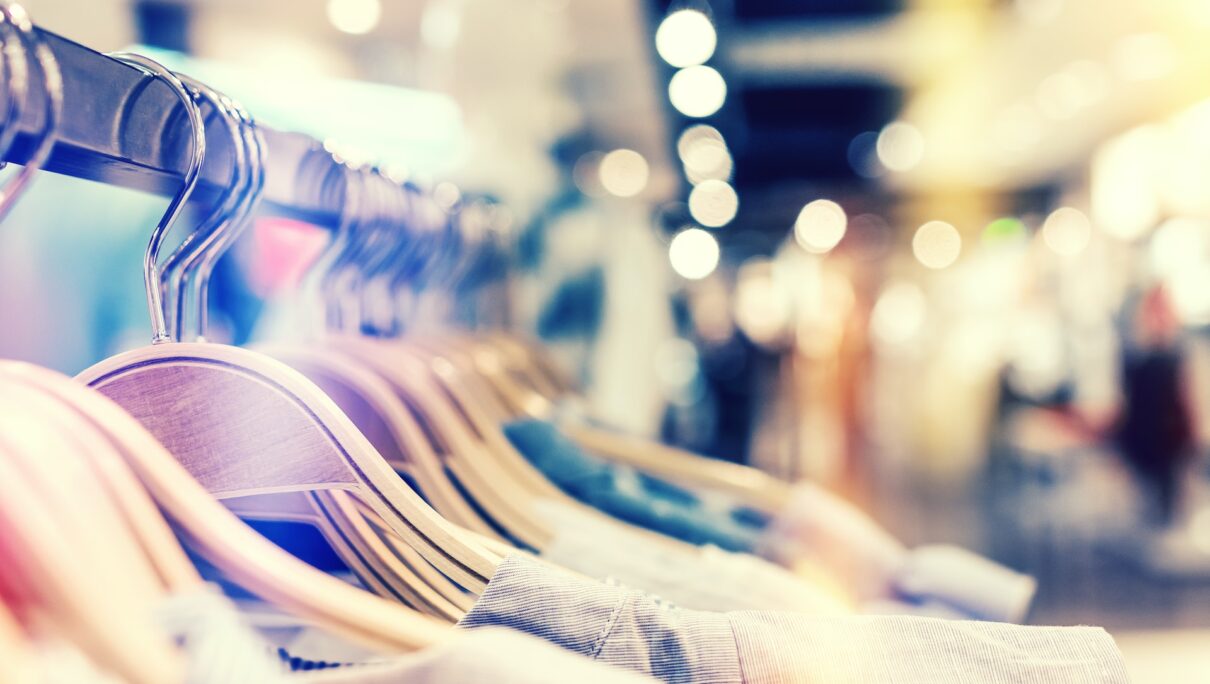Google recently announced their newest addition to the ever-expanding world of AI tools – this time the tech giant is looking to improve the fashion industry with their virtual try-on tech.
In their own words: this new feature that shows you what clothes look like on real models with different body shapes and sizes. That includes those subtle but crucial details, like how something drapes, folds, clings, stretches and wrinkles. To do this, our shopping AI researchers developed a new generative AI model that produces life-like portrayals of clothing on people.
Which I have some issues with, the main one being they say that it allows people to see clothing on someone that looks like them.
Which to me is just a bit meh.
Let me ask you this, would you go out shopping and ask someone else to try on that brand new jumper in the changing room?
Methinks not.
That being said, by the looks of it they have improved the actual aesthetic of the fabric of the clothing. So they win a point there from me.
Here’s the thing, the whole virtual try on is an area that has (and continues to have) problems with many previous attempts to use augmented reality (AR) and different virtual try-on technologies for the clothing, fashion and apparel industry.
Now, don’t get me wrong, these technologies have promised to revolutionize the way we shop and try on clothes without leaving the comfort of our homes.
But let’s face it, they’ve had their fair share of hiccups along the way.
First off, we’ve got the issue of accuracy.
Now, we all know that getting the right fit is crucial when it comes to clothing. But here’s the thing: AR and virtual try-on tech haven’t always been the most reliable when it comes to providing accurate measurements and realistic representations.
I mean, how many times have you tried on a virtual outfit only to find that it looks nothing like the real thing when it arrives at your doorstep?
Yeah, it’s a frustration we’ve all experienced.
Then there’s the problem of compatibility. Different platforms, devices, and operating systems all come into play, and it’s been a rocky road trying to ensure seamless integration across the board.
One day you’re trying on a new jacket using your smartphone, and the next day you’re scratching your head because the app doesn’t work on your friend’s tablet. Talk about a buzzkill for the shopping experience.
Let’s not forget the technical glitches.
Oh boy, have there been some epic fails.
From wonky tracking that causes clothes to float awkwardly on your body, to distorted colors that make that beautiful blue dress look like a muddy mess, these technical snafus have left many of us scratching our heads and questioning the whole point of virtual try-on in the first place.
It’s like trying to paint a masterpiece with a faulty brush—it just doesn’t work.
And of course, we can’t ignore the limitations of virtual representation.
As much as AR and virtual try-on tech have come a long way, they still struggle to capture the essence and texture of fabrics.
You might think you’re feeling the softness of that cashmere sweater through the screen, only to be disappointed by a rough and scratchy reality. It’s like trying to taste a delicious meal through a photograph—it just doesn’t do justice to the real deal.
Now, my friends, let’s not dwell solely on the problems.
After all, progress takes time, and we’ve seen some promising advancements in AR and virtual try-on tech. Like I said before, the newest AI diffusion tool from Google makes the aestheric of the fabric look great.
Companies are investing in better algorithms, improved tracking systems, and enhanced visual rendering to provide more accurate and realistic experiences.
And hey, let’s give credit where it’s due—there have been success stories where customers have found joy in trying on clothes virtually and making confident purchasing decisions.
But here’s the thing: we’re not quite there yet.
As much as we want to believe that AR and virtual try-on will completely revolutionize the way we shop for clothes, we must approach it with a hint of skepticism.
It’s not a flawless solution, at least not yet.
So, what’s the future hold for AR and virtual try-on technology?
Well, the potential is immense.
As technology continues to evolve, we can expect better accuracy, smoother compatibility, and more realistic representations.
We might just be a few steps away from the day when virtual try-on feels as natural and seamless as trying on clothes in a physical store.
And when that day comes, oh boy, will it be a game-changer.
In the meantime, let’s appreciate the progress we’ve made and approach virtual try-on with an open mind. It’s a glimpse into what the future holds for the world of fashion, and even though it’s not perfect, it’s a step in the right direction.
So, keep your virtual closets open, my friends, and get ready for a wild ride as we navigate the exciting—and sometimes bumpy—world of AR and virtual try-on technology for clothing.

Pete Dunn
Braindance Group CEO





